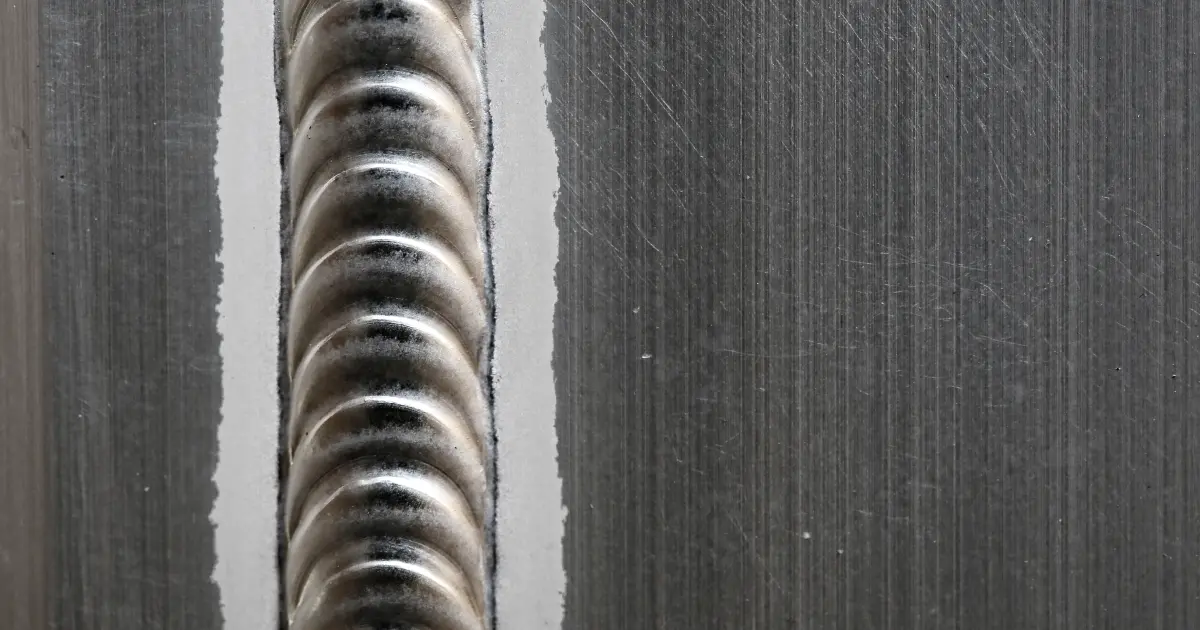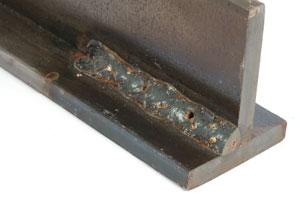Understanding Porosity in Welding: Discovering Reasons, Impacts, and Prevention Techniques
As experts in the welding industry are well conscious, comprehending the causes, impacts, and prevention strategies connected to porosity is essential for achieving durable and reputable welds. By delving into the origin causes of porosity, examining its damaging results on weld high quality, and discovering effective prevention approaches, welders can boost their expertise and skills to create top quality welds continually.
Typical Root Causes Of Porosity
Porosity in welding is primarily brought on by a combination of factors such as contamination, incorrect securing, and inadequate gas coverage during the welding process. Contamination, in the form of dust, oil, or rust on the welding surface area, creates gas pockets when warmed, leading to porosity in the weld. Inappropriate shielding occurs when the securing gas, typically used in processes like MIG and TIG welding, is incapable to completely secure the molten weld swimming pool from reacting with the surrounding air, resulting in gas entrapment and subsequent porosity. Furthermore, insufficient gas coverage, usually because of inaccurate flow rates or nozzle positioning, can leave parts of the weld unprotected, enabling porosity to form. These factors collectively add to the formation of gaps within the weld, damaging its stability and possibly causing architectural problems. Understanding and dealing with these common causes are vital steps in avoiding porosity and making sure the high quality and stamina of welded joints.
Results on Weld Quality
The existence of porosity in a weld can substantially endanger the total quality and integrity of the bonded joint. Porosity within a weld develops spaces or dental caries that weaken the framework, making it much more susceptible to cracking, corrosion, and mechanical failure. These gaps act as stress and anxiety concentrators, reducing the load-bearing capability of the weld and increasing the probability of early failure under used stress. Furthermore, porosity can additionally function as potential websites for hydrogen entrapment, more aggravating the deterioration of the weld's mechanical properties.
Moreover, porosity can impede the efficiency of non-destructive testing (NDT) techniques, making it challenging to identify other flaws or discontinuities within the weld. This can lead to significant safety and security issues, especially in vital applications where the architectural honesty of the bonded parts is extremely important.

Prevention Techniques Overview
Given the damaging influence of porosity on weld high quality, efficient avoidance strategies are essential to maintaining the architectural stability of welded joints. Among the key avoidance methods is detailed cleansing of the base products before welding. Impurities such as oil, oil, rust, and dampness can add to porosity, so making certain a clean work surface area is crucial. Correct storage space of welding consumables in dry problems is likewise vital to protect against dampness absorption, which can result in gas entrapment during welding. In addition, selecting the proper welding parameters, such as voltage, current, and travel speed, can aid lessen the risk of porosity formation. Making certain appropriate securing gas circulation and insurance coverage is an additional essential prevention technique, as inadequate gas insurance coverage can cause climatic contamination and porosity. Lastly, correct welder training and accreditation are crucial for implementing preventive measures efficiently and regularly. By including these prevention methods right into welding methods, the event of porosity can be significantly decreased, causing more powerful and much more dependable welded joints.
Value of Appropriate Shielding
Proper shielding in welding plays a vital function in stopping climatic contamination and making sure the stability of welded joints. Protecting gases, such as argon, helium, or great post to read a mixture of both, are generally made use of to protect the weld swimming pool from responding with components in the air like oxygen and nitrogen. When these reactive aspects enter into contact with the warm weld swimming pool, they can cause porosity, bring about weak welds with reduced mechanical homes.

Inadequate shielding can result in additional info various flaws like porosity, spatter, and oxidation, compromising the architectural integrity of the bonded joint. Therefore, sticking to proper shielding techniques is vital to produce high-quality welds with minimal issues and make sure the long life and dependability of the welded elements (What is Porosity).
Monitoring and Control Approaches
How can welders properly monitor and regulate the welding procedure to make sure ideal outcomes and avoid problems like porosity? By continuously keeping track of these variables, welders can determine deviations from the excellent problems and make prompt changes to protect against porosity development.

Additionally, applying appropriate training programs for welders is vital for checking and controlling the welding procedure effectively. What is Porosity. Educating welders on the importance of maintaining regular specifications, such as Continued appropriate gas shielding and take a trip speed, can help stop porosity problems. Regular evaluations and qualifications can additionally ensure that welders are skilled in monitoring and regulating welding procedures
Furthermore, making use of automated welding systems can boost tracking and control abilities. These systems can exactly control welding specifications, minimizing the possibility of human mistake and making certain consistent weld top quality. By combining advanced tracking innovations, training programs, and automated systems, welders can efficiently monitor and manage the welding process to decrease porosity issues and achieve top quality welds.
Final Thought
